Maldives
Where paradise meets reality
The Perfect Paradise
The Maldives is indeed a remarkable nation of islands in the Indian Ocean, known for its stunning landscapes both above and below the water. The unique features of the Maldives, such as the atolls, coral reefs, and marine biodiversity, make it a popular destination for tourists and marine enthusiasts from around the world.
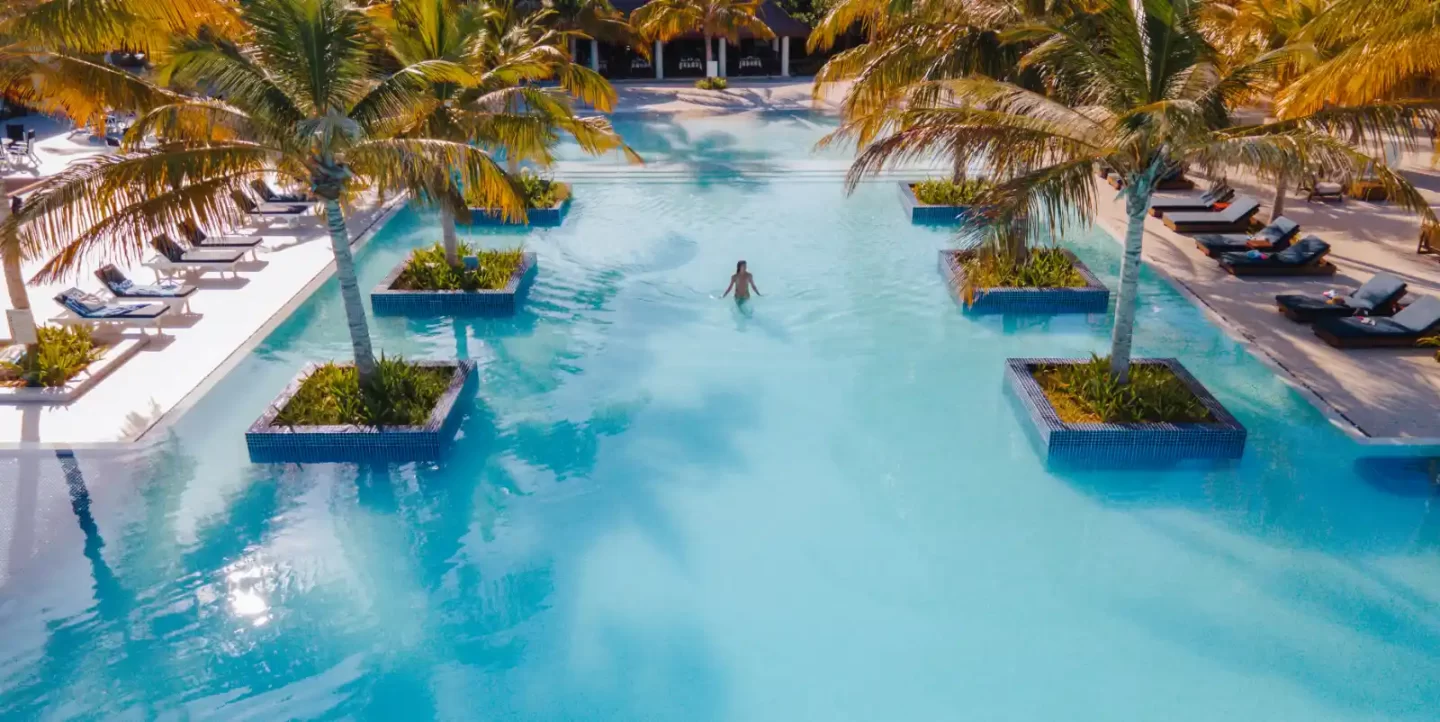
The country is made up of over a thousand islands, most uninhabited, creates a sense of remoteness and tranquility that attracts visitors seeking an escape to paradise. The vibrant coral reefs and the diverse marine life they support are some of the main attractions for snorkelers, divers, and marine biologists. The Maldives’ underwater world, with its abundance of colorful corals, fish species, and even larger marine creatures like manta rays and whale sharks, contributes to its reputation as a premier diving destination.
In recent years, the Maldives has also been a focal point for discussions about climate change and rising sea levels, as the country is particularly vulnerable to these effects due to its low-lying geography. Efforts to mitigate these challenges and promote sustainable tourism and conservation have become important aspects of the nation’s development.
The Maldives’ unique natural beauty, crystal-clear waters, and vibrant marine ecosystems have made it a cherished destination for those seeking an unforgettable tropical experience.
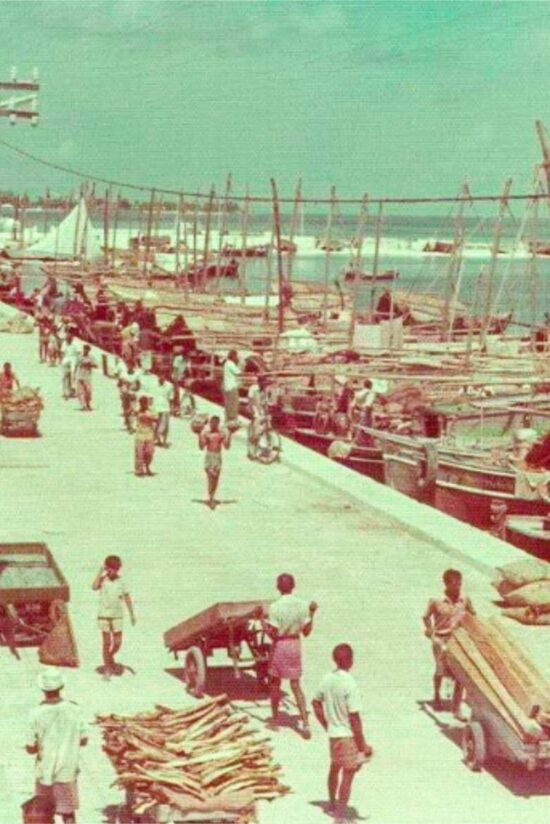
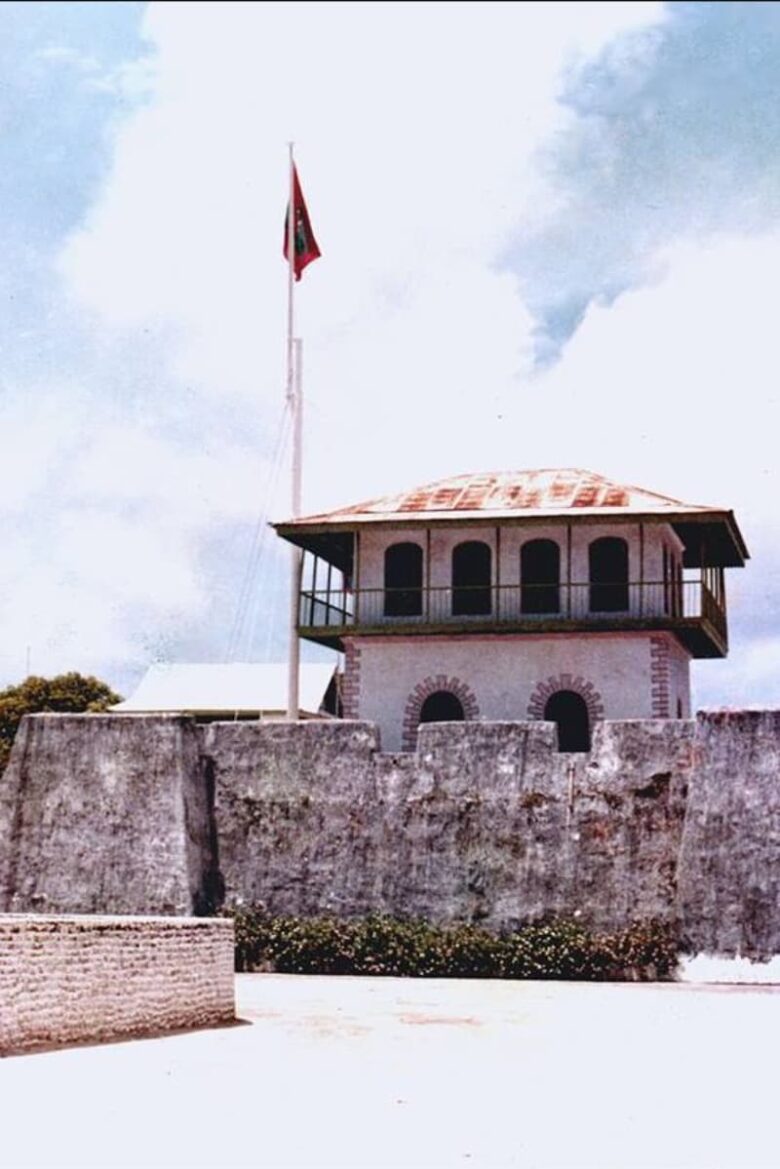
History
Although limited historical records exist, scholars and historians believe that the Maldives has a history dating back over 2500 years. The population of the Maldives is the result of multiple waves of settlement from various parts of the Indian subcontinent. The diverse physical traits, cultures, and traditions of the Maldivian people reflect the nation’s historical role as a melting pot of various races and ethnicities that interacted across the Indian Ocean.
Cultural and Language
The Maldivian culture is influenced by the interactions and exchanges of different people over centuries. The Maldivian language is Dhivehi, an Indo-Aryan language with origins in Sanskrit. This linguistic connection indicates historical ties to the broader Indian subcontinent.


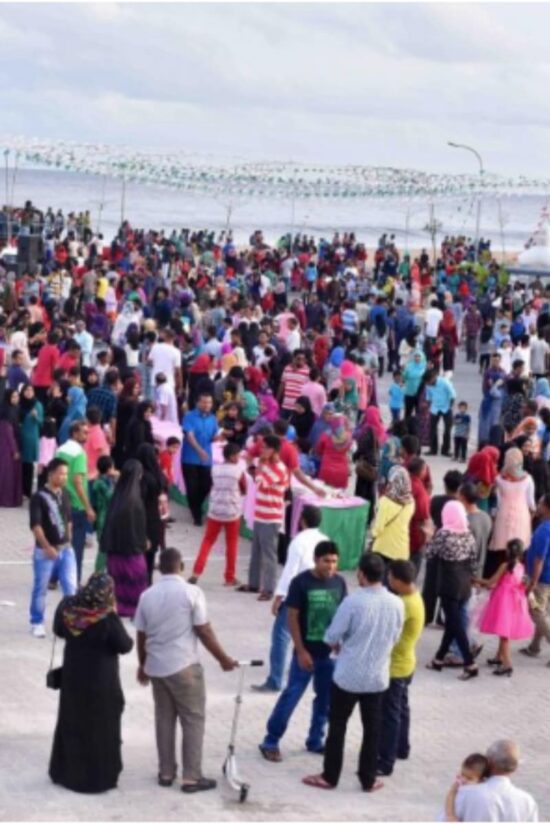
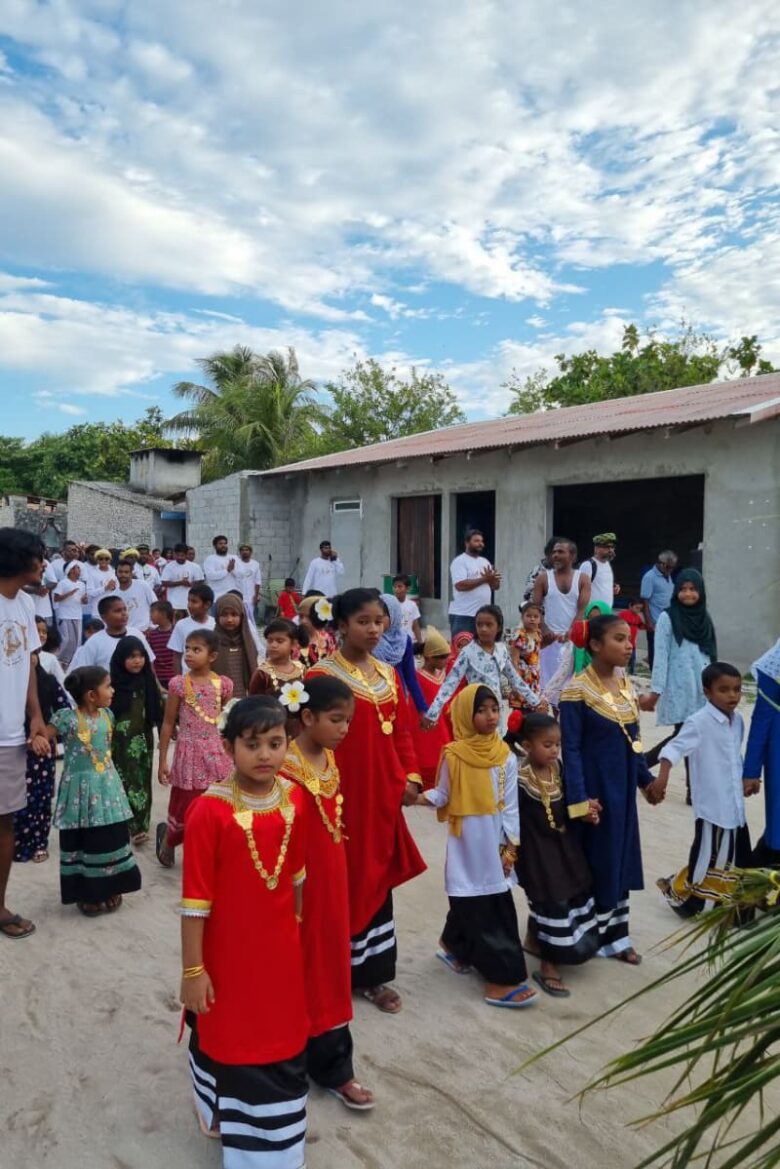
Population
As of the most recent census in 2014, the population of the Maldives was recorded at 407,660 people. While the capital city,Malé, is home toaround a third of the population,the majority of Maldivians liveon the various islands scattered throughout the country.
Livelihood and Economy
Traditionally, the livelihood of Maldivians was closely tied to the sea, with fishing serving as the main source of sustenance. While fishing continues to play a significant role in terms of employment and income, tourism hasemerged as the primary driver of the Maldivian economy. The country’s stunning natural beauty, including its pristine beaches, clear waters, and vibrant marine life, has attracted tourists from around the world, contributing significantly to the nation’s income and development.
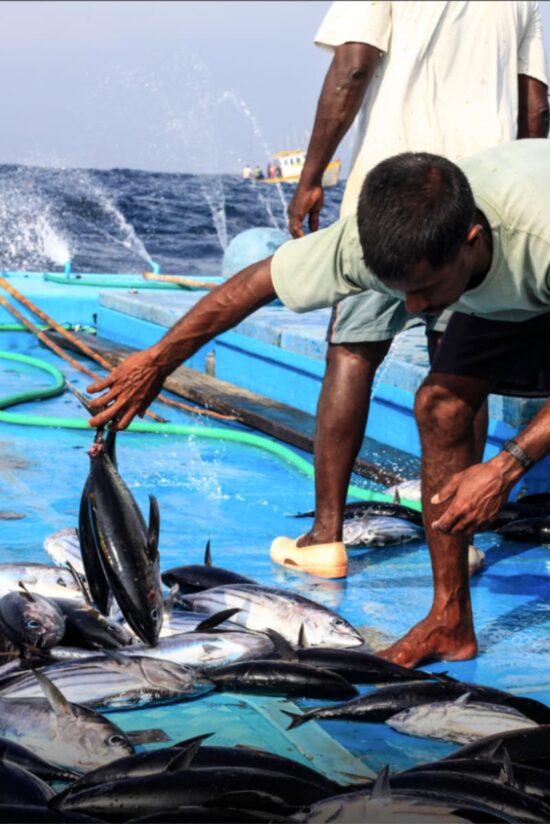
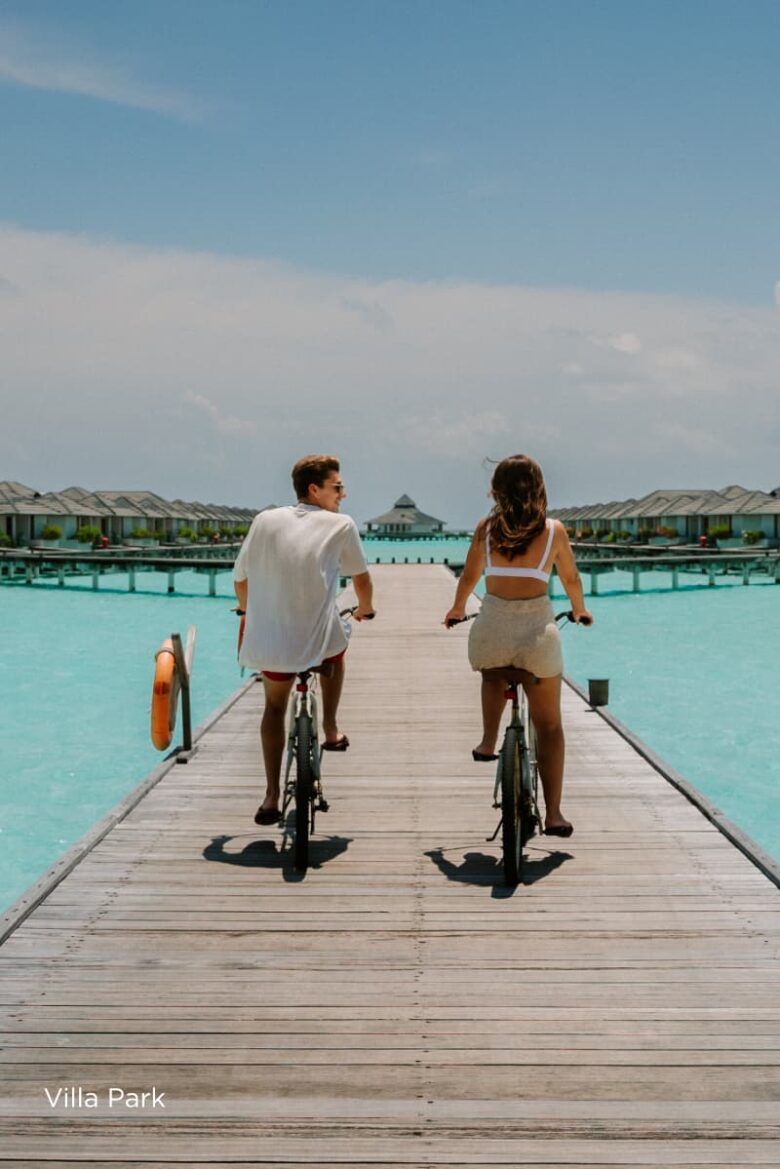
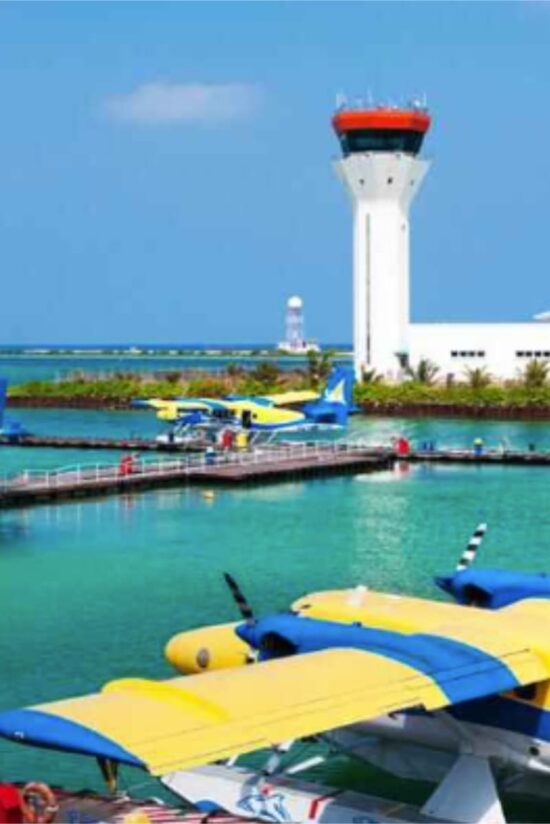
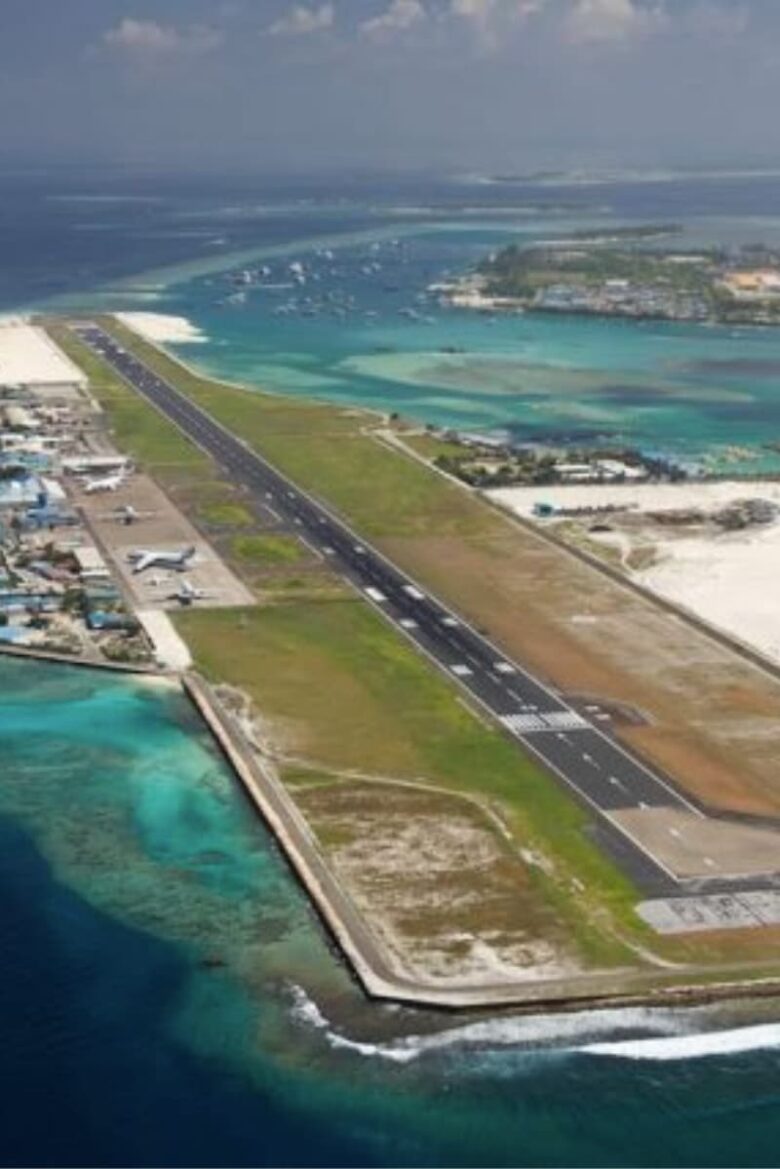
Connectivity
The Maldives hasestablished a robust connectivity network to ensure easy travel and accessibility for both domestic and international tourists.Velana International Airport serves as the primary gateway to the country, withnumerous flights from Europe, the Middle East, andSouth East Asiaoperating there. The airport sees significant international traffic from cities like Colombo in Sri Lanka, various Indian cities, and Dubai. Furthermore, the Maldivesmaintains strong air links with major European capitals andSouth East Asian cities through both scheduled and charter flights.
